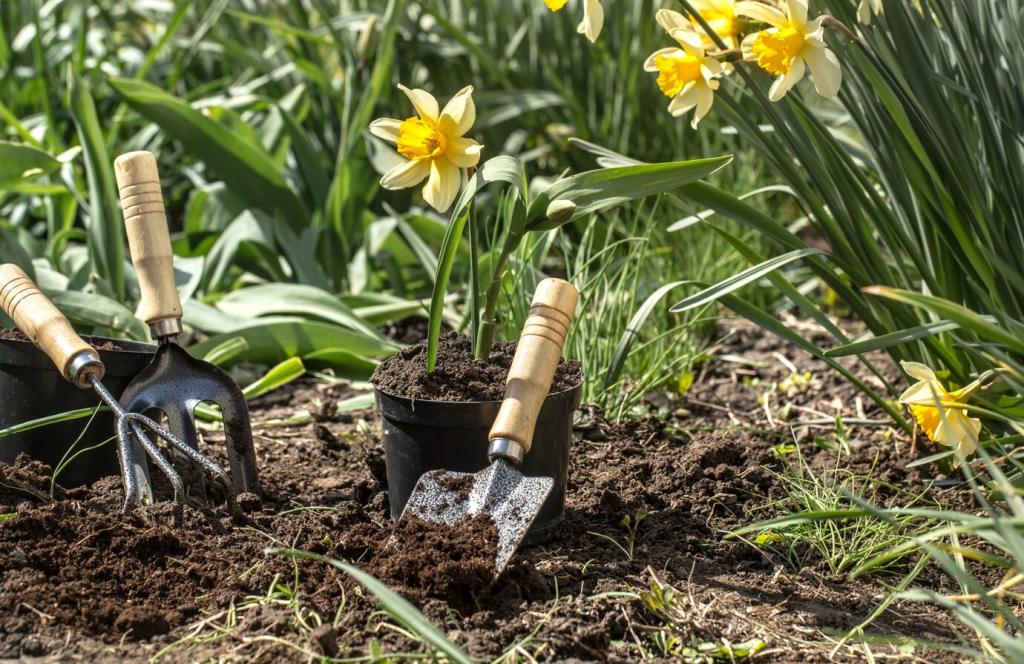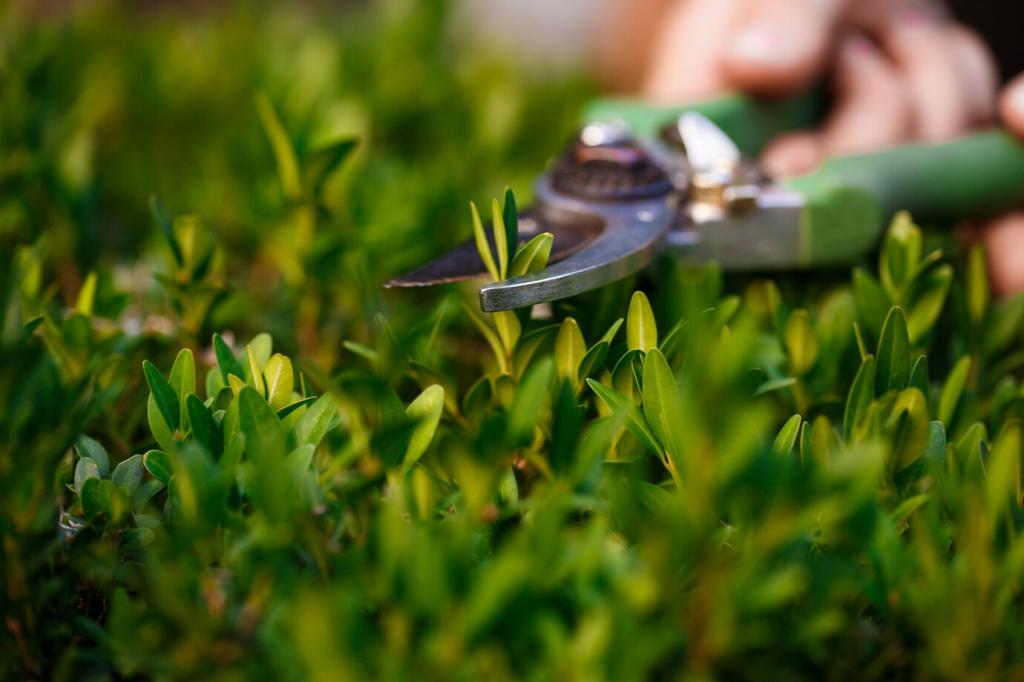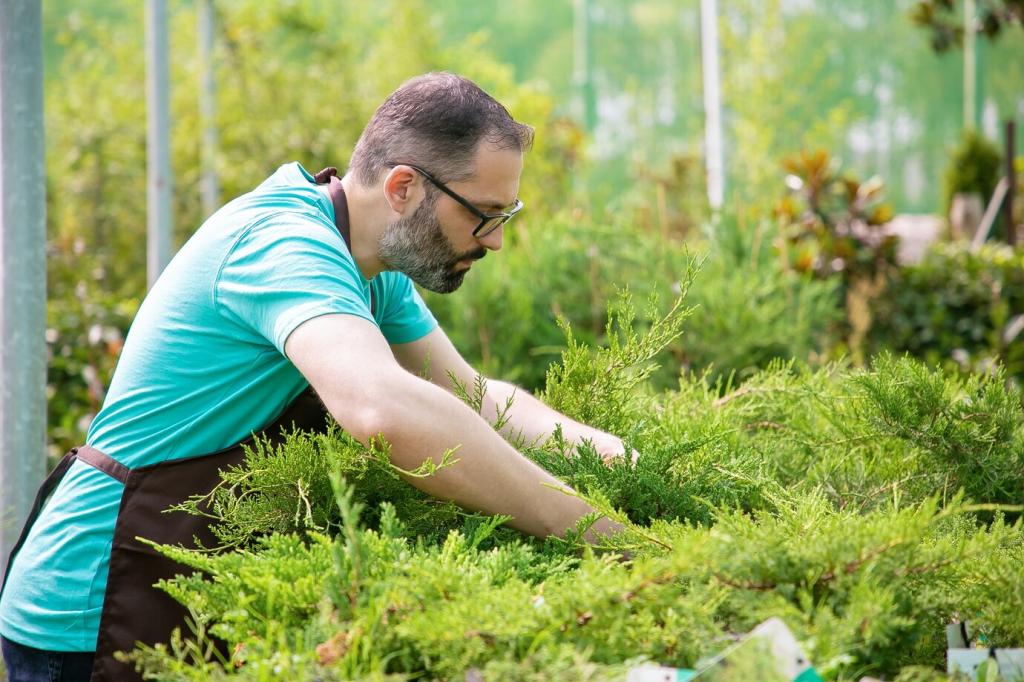Xeriscaping Design Principles: Beauty, Resilience, and Less Water

Site Assessment and Microclimates
Walk your yard at different times of day to find sun pockets, breezy corners, and damp or dry zones. When we mapped a client’s afternoon heat corridor, relocating seating to a shaded nook reduced heat stress on plants and people. Share a photo of your sunniest spot, and we’ll help brainstorm drought-tough planting ideas.
Setting Measurable Water Goals
Xeriscaping can reduce outdoor water use by 50–75% when principles are applied consistently. Define a target, such as cutting irrigation minutes in half within six months. Track monthly water bills or meter readings, then celebrate each milestone. Comment with your baseline consumption, and we’ll suggest a realistic reduction plan.
Budgeting and Phasing
Transforming a landscape works best in phases: begin with the front entry, then expand to side yards and back garden. Prioritize areas with the highest evaporation or frequent maintenance headaches. By phasing, you spread costs and learn from each step. Tell us your top priority zone, and we’ll help design Phase One.
Soil Health as the Foundation
Before planting, run a simple jar test and send a soil sample to a local lab. Knowing whether you have sand, loam, or clay guides amendments and watering frequency. A neighbor discovered heavy clay and avoided overwatering by focusing on structure, not just more sprinklers. Post your test results, and we’ll interpret them together.
Soil Health as the Foundation
Incorporate quality compost to increase water-holding capacity and microbial life, especially in sandy or depleted soils. Two to three inches blended into the top layer often improves infiltration dramatically. We once saw a dry slope bounce back after one season of compost and mulch. Ask for our compost checklist to get started.


Hydrozoning and Plant Selection
Place thirstier accents near entrances and patios, while ultra-drought species fill outer beds. This lets you irrigate selectively, avoiding wasteful uniform watering. In one courtyard, a single high-water island surrounded by low-water perennials cut runtime by a third. Describe your favorite focal spot, and we’ll suggest a compatible hydrozone mix.
Hydrozoning and Plant Selection
Choose natives and proven exotics that thrive with local rainfall and heat. Deep-rooted grasses, sages, and succulents stabilize soil and attract pollinators. A tiny strip garden of native penstemon and buckwheat buzzed with bees after month two. Tell us your region, and we’ll share a starter list of resilient plants.

This is the heading
Lorem ipsum dolor sit amet, consectetur adipiscing elit. Ut elit tellus, luctus nec ullamcorper mattis, pulvinar dapibus leo.

This is the heading
Lorem ipsum dolor sit amet, consectetur adipiscing elit. Ut elit tellus, luctus nec ullamcorper mattis, pulvinar dapibus leo.



Maintenance, Monitoring, and Community
Adopt a weekly ten-minute walk-through to spot leaks, adjust emitters, and pull weeds before they seed. Early mornings reveal irrigation issues quickly. We found a pinhole leak by noticing a small damp patch. What’s your maintenance window? Comment, and we’ll send a quick checklist tailored to xeriscaping routines.


Maintenance, Monitoring, and Community
Favor light, timely pruning that supports natural form and airflow. Clean tools, remove dead material, and refresh mulch annually. A restrained cutback revived crowded salvias without losing habitat. Tell us your most troublesome plant, and we’ll suggest xeriscape-friendly care steps that keep water use and effort low.
